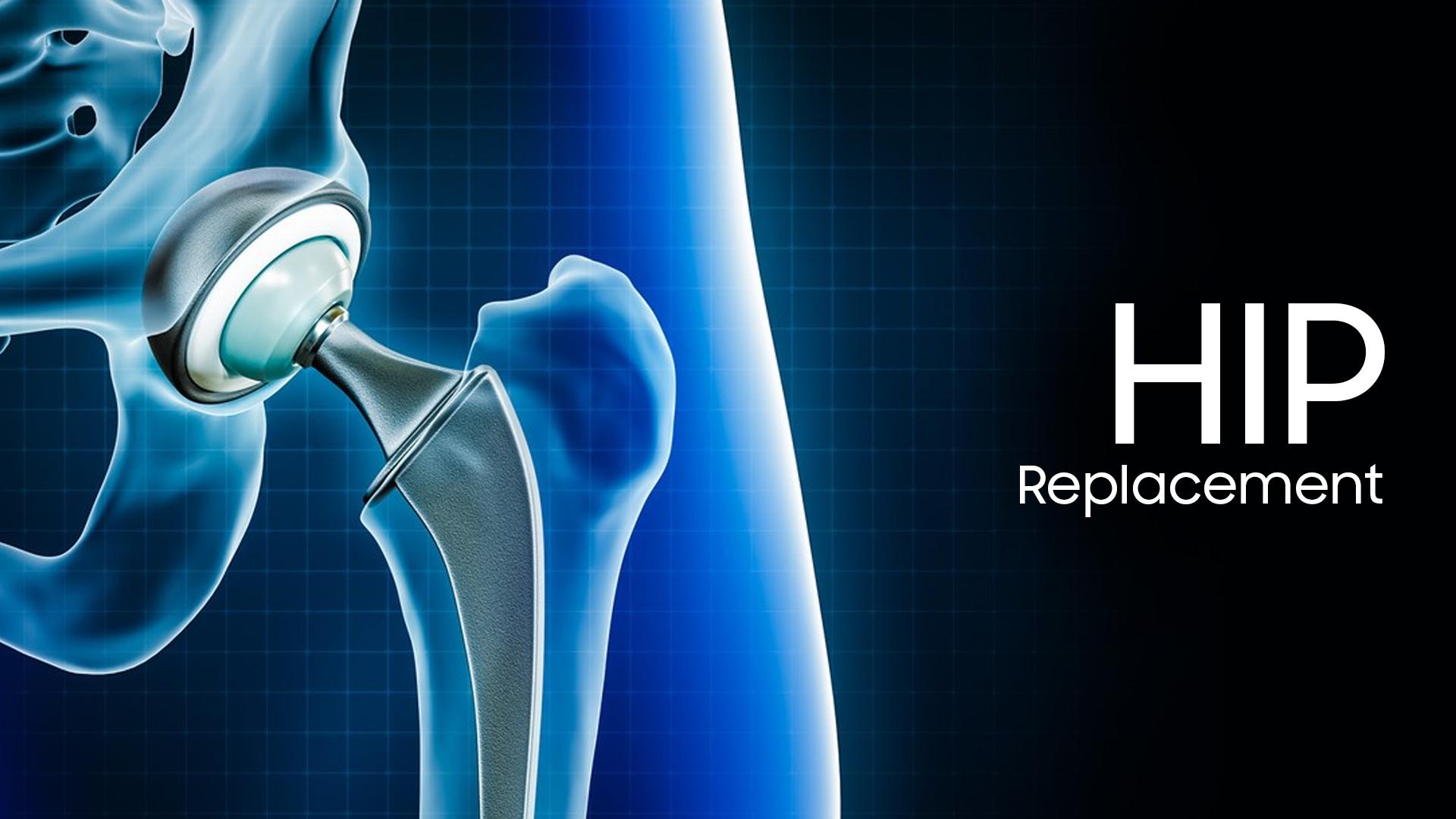
Regaining Mobility & Comfort with Hip Replacement: A Comprehensive Guide
Living with hip pain can be a daunting challenge, affecting your mobility, independence, and overall quality of life. Fortunately, modern medical advancements, particularly hip replacement surgery, have given countless individuals a new lease on life. If you're exploring solutions for chronic hip issues, this guide will provide you with valuable insights about hip replacement, its benefits, and what to expect after the surgery.
Understanding Hip Replacement
Hip replacement is a surgical procedure aimed to alleviate pain and restore function in a damaged hip joint. It involves replacing the worn-out or damaged parts of the hip with artificial implants, typically made of metal, ceramic, or durable plastic. This procedure is commonly recommended for individuals suffering from severe osteoarthritis, rheumatoid arthritis, hip fractures, or other degenerative joint diseases.
Who Needs a Hip Replacement?
Not everyone experiencing hip pain requires surgery. Doctors usually recommend hip replacement when:
- Non-surgical options like medications, physical therapy, or injections have proven ineffective.
- Pain significantly interferes with daily activities like walking, climbing stairs, or even resting.
- X-rays or imaging tests show advanced joint damage.
If your quality of life has been compromised due to hip issues, consulting an orthopedic specialist is the first step toward understanding whether a hip replacement is right for you.
Benefits of Hip Replacement
Undergoing a hip replacement can be life-changing. Here are some potential benefits:
Pain Relief: One of the most immediate outcomes is a dramatic reduction in hip pain.
Improved Mobility: Hip replacement restores your ability to perform daily activities with ease.
Enhanced Quality of Life: With reduced pain and improved mobility, you can enjoy hobbies, work, and social interactions without limitations.
Long-Lasting Results: Modern hip replacements can last 15-20 years or more, depending on factors like age and activity level.
The Hip Replacement Process
1. Pre-Surgery Consultation
Your orthopedic surgeon will assess your medical history, perform physical examinations, and review imaging tests. The surgeon will explain the procedure, outline potential risks, and provide guidance on post-operative care.
2. The Surgery
During the procedure, damaged cartilage and bone are removed and replaced with artificial components. The surgery typically takes 1-2 hours and is performed under general or regional anesthesia.
3. Recovery and Rehabilitation
Recovery includes a combination of rest, physical therapy, and slowly resuming daily activities. Most patients can walk with assistance within days after surgery and achieve full recovery in 3-6 months.
What to Expect Post-Surgery
After a hip replacement, patients often wonder about the path ahead. Here's a glimpse:
Pain Management: Pain after surgery is normal but manageable with prescribed medications.
Physical Therapy: Regular exercises guided by a specialist physiotherapist are crucial for regaining strength and flexibility.
Lifestyle Adjustments: Patients are advised to avoid high-impact activities and practice good posture to protect the new joint.
Choosing the Right Surgeon
Selecting a skilled surgeon plays a critical role in the success of a hip replacement. Look for a specialist with extensive experience, positive patient reviews, and a clear communication style.
Myths vs. Facts
There are many misconceptions about hip replacement. Some people fear they will lose mobility or experience complications, but the truth is that modern techniques and materials have made the procedure safer and more effective than ever before.
Is Hip Replacement Right for You?
If persistent hip pain is holding you back from living your life fully, don’t hesitate to explore the option of a hip replacement. Seeking advice from a trusted orthopedic surgeon can offer clarity and guide you in making an informed decision.
Conclusion
Hip replacement is not just a surgery; it’s a transformative journey toward a pain-free and active lifestyle. By understanding the procedure, its benefits, and what to expect, you can take the first step toward regaining your mobility and enjoying life to its fullest.
If you or someone you know is considering hip replacement, now is the time to explore this life-changing solution. With the right care and guidance, you can look forward to a brighter, more comfortable future.




